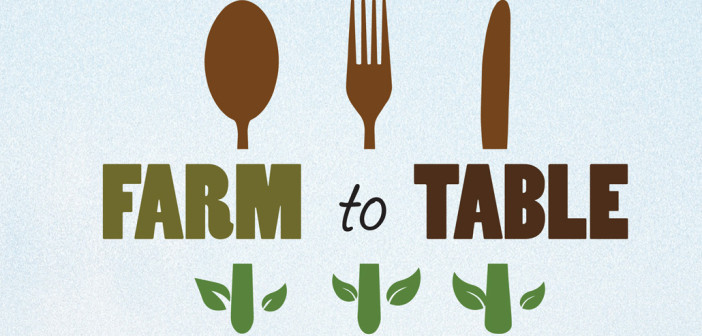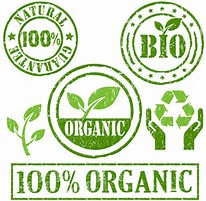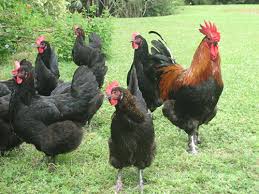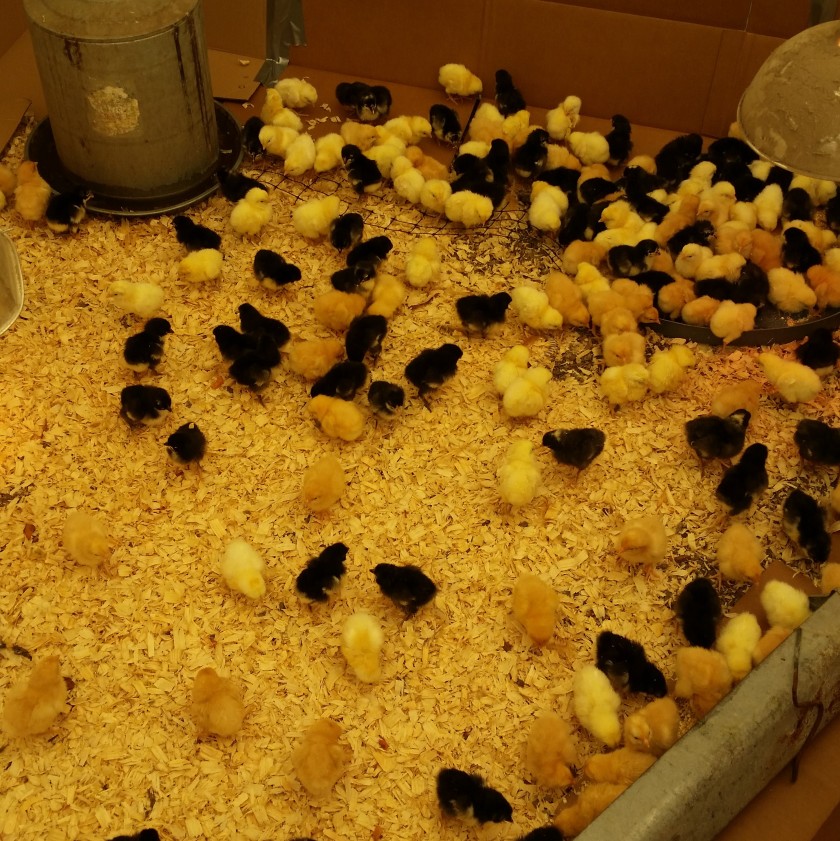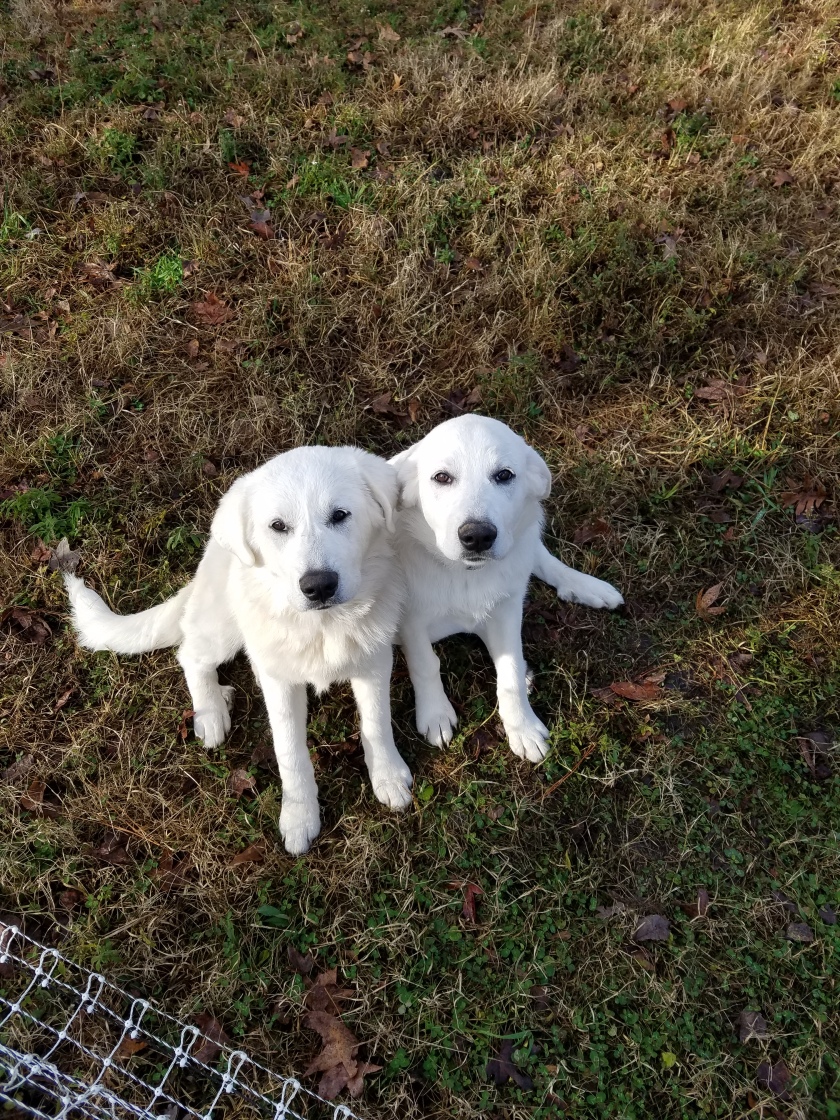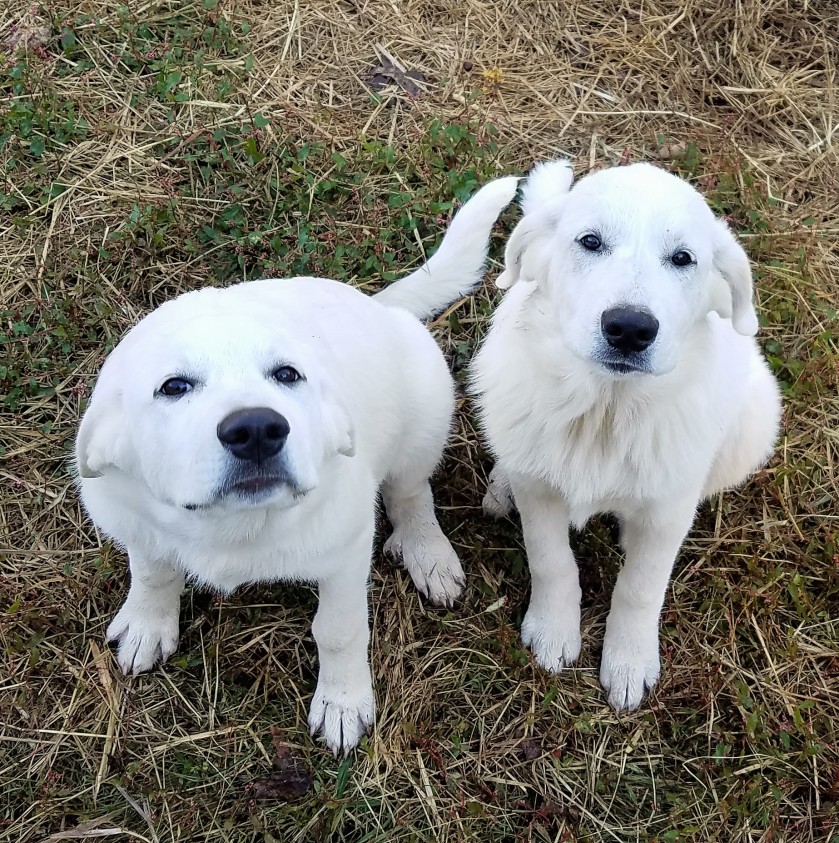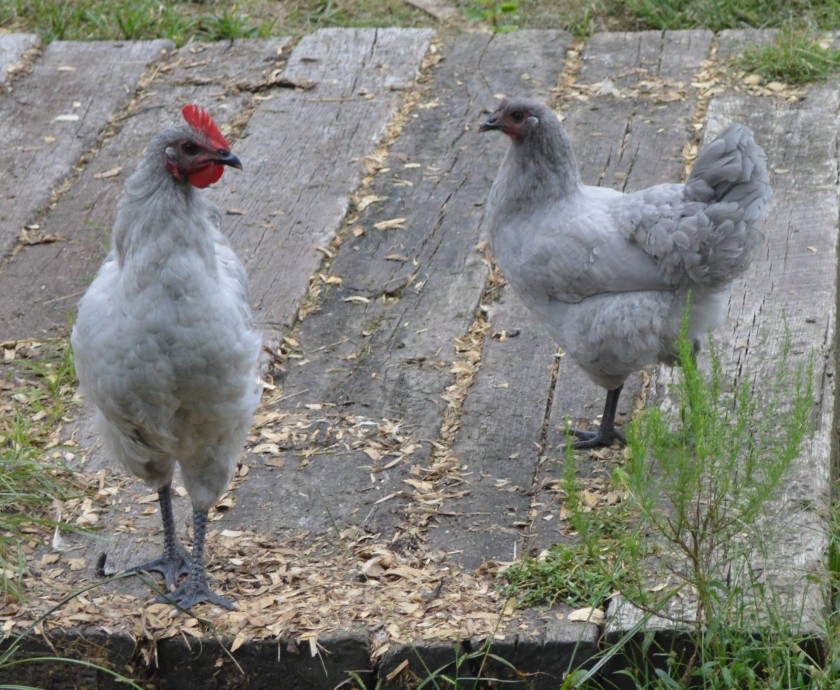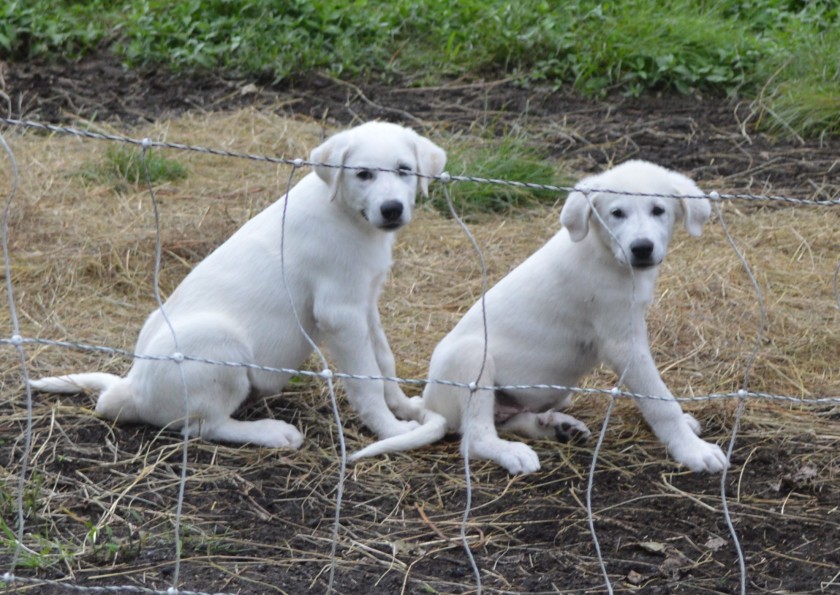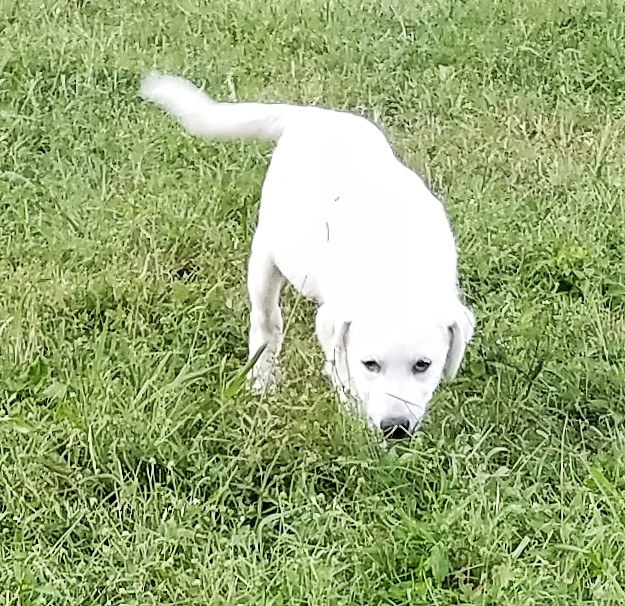So I see a lot of questions about what to do when it gets cold outside. A lot of “homesteaders” get concerned when temps fall below freezing and/or snow is on the way to their farm. I must admit that when we first moved out of the “neighborhood” to our farm I asked the exact same questions. Here is what I know and what I have learned.
First of all our farm is in the Mid Atlantic so it doesn’t get extremely cold. Our first farming winter we were lucky to have my grandfather living with us. He grew up in rural WV in the country. If you didn’t grow your food you went hungry. Needless to say he was a wealth of knowledge. You can also get a lot of valuable information from You Tube, the library, and don’t forget those cool Facebook groups.
So there I was with 20 chickens and a snow storm coming. My coop was an open air coop, and looking back it was a great coop design. We had lambs and goats, so we also had lots of square bales of hay. I was worried my poor chickens would freeze, so I decided to stack hay bales around the coop to block 3 sides. As I started to work my grandfather was watching me. He then started laughing. I walked over and rather quizzically asked him why he was laughing at me. He said, “Chris it is only going to be 15 degrees tonight with a little snow. Those chickens will be just fine as long as they can get out of the weather and wind. The cold wont bother them one bit.” I informed him that 15 was cold. He then shared with me that growing up it got well below 0 and he never saw a chicken freeze to death. As long is it stayed dry and out of the wind it would be fine. I decided to save the hay and take a chance. The next day all the chickens were outside in the snow, and I even had 12 eggs in the nesting boxes. Lesson learned!! Today my chickens (over 300) live in pasture, and I never have issues. As I type this it is 23 degrees with 6 or 7 inches of snow on the ground.
The next obvious direction to take this is simple: What about 4 legged animals?
Well the same general principle applies. If they can get out of the wind and wet they will be fine here in the Mid Atlantic. For the goats and dogs I add extra bedding before a cold snap. I try to keep the bedding at least 8-10″ deep. The goats pretty much stay inside their sheds unless they get thirsty. All the watering troughs have deicers, so no worries there. One general rule about goats for me is that the does will always kid during the worst weather. Kidding season on our farm starts mid February, and if there is any snow (and cold) in the forecast that’s the when the goats will kid. At they usually do it at 3am. LOL. One year I freaked out and build a kid proof heating barrel I saw on You Tube. It was 8 degrees and snowing. The kids were born at 11pm, and never went near the heater. Mom cleaned them up and they started nursing. They slept curled up next to Mama. The next day I put them back on pasture, and those little jokers played in the snow all day. You have to remember at one point goats were wild animals. They survived the winters without little goat houses.
Lastly, I want to talk about the Livestock Guardian Dogs. I get it. To most people dogs are pets that snuggle with them on the couch or in their bed. I got some concerned private messages after posted I video on Social Media showing me adding dry bedding to our LGD’s shed in the field. At first I was concerned about it too. Maybe I have become desensitized to things like this. Then I remembered all my research and I found an inner peace. These dogs (Great Pyrenees) originated from the Mountains of France and Spain. They can handle temperatures far below zero, and their double coat allows them to endure all types of weather. It was mid 20’s with snow all day today, and they were out running (and rolling) around all day. Now they are curled up in their shed sleeping with 2 of the goats. It is concerning when you see these dogs with 3″ of ice hanging off them. It looks crazy and you think it must be cold. However, their is no need to be worried at all. In fact you only need to worry if the ice melts. Their coat is designed to retain body heat. If they were out in snow all day and didn’t ice up then too much body heat is escaping. Needless to say they survived their first blizzard, and probably wont see another one for 6 or 7 years. As I finish this blog post they are barking at something in the back of the pasture. I am sure it is deer. They love to bed down in the pines when it gets windy.
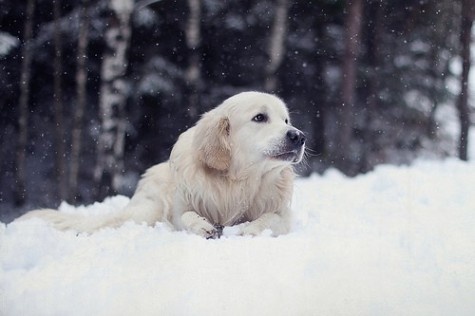
So as you can see worry is normal, but your animals will be just fine. It is more dangerous to use heaters and heat lamps than leaving them in the cold. That being said you need to make sure they have good shelter from wind and wet. I also like giving them a little extra treat at feeding time. They probably don’t need it , but it sure brings me some added peace of mind.
-Until next time ..Happy Homesteading!!





